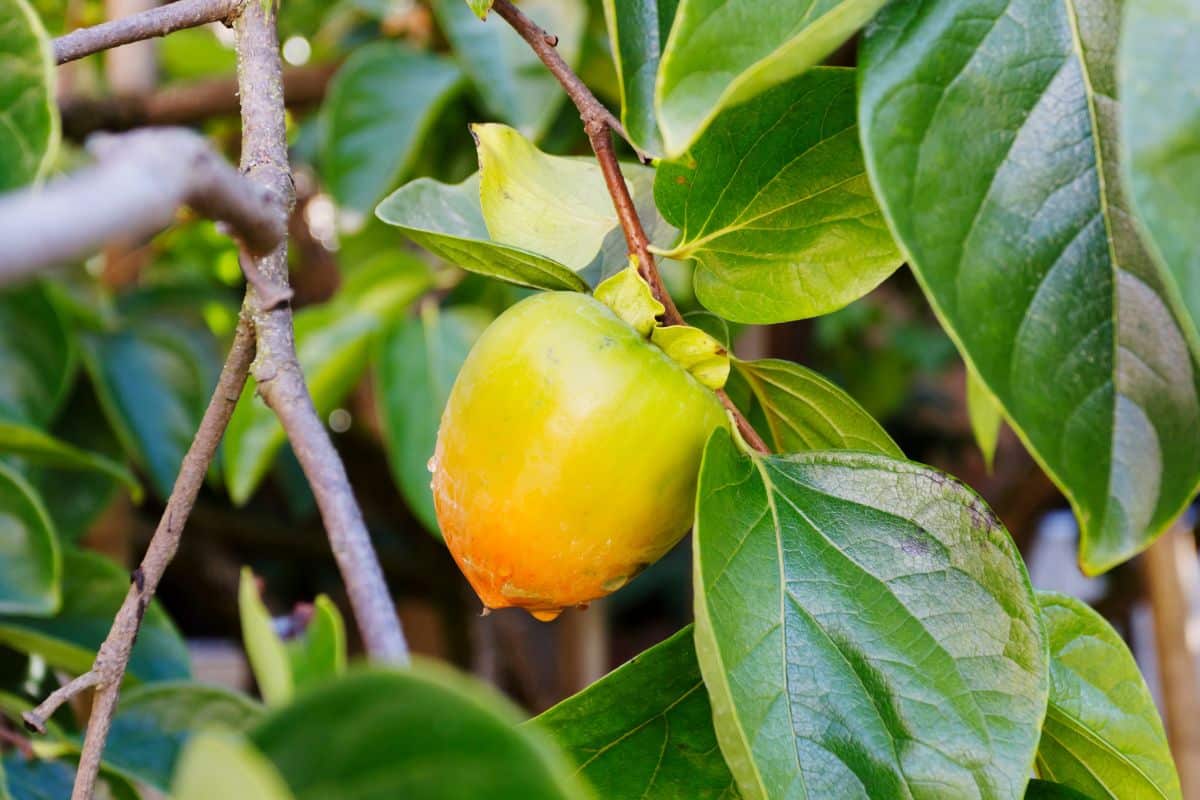There are two types of persimmons grown commercially in the U.S.: the astringent Hachiya and the non-astringent Fuyu. This guide focuses on the Hachiya, a fruit that must be eaten when very, very soft.
How to Pick the Perfect Hachiya
From Specialty Produce: When fully ripe, Hachiyas are a deep, vibrant orange. A perfectly ripe Hachiya should feel like a water balloon in your hand—soft and squishy with a delicate skin similar to a tomato. Inside, the flesh is an even deeper shade of orange with a striking jellied texture. The flavor is intensely sweet with hints of baking spices, raisins, and brown sugar.
How to Eat a Hachiya
From NPR: Eating a ripe Hachiya is a delightfully messy affair. Remove the calyx (the flower-shaped stem on top) and scoop out the custardlike flesh with a spoon. Be sure to have napkins nearby!
Hachiyas are ideal for:
- Baked goods such as muffins, breads, and puddings
- Pureeing into a sauce for ice cream or pancakes
- Drying for a naturally sweet snack
How to Ripen a Hachiya
From SF Gate: To speed up ripening, place Hachiyas in a brown paper bag with an apple or banana. These fruits release ethylene gas, which accelerates the process. Alternatively, leave the persimmons at room temperature in a fruit bowl and let them ripen naturally.
How to Store a Hachiya
From NPR: Once Hachiyas reach their signature jellylike softness, they can be eaten immediately or stored in the refrigerator for a few days to extend their shelf life.

